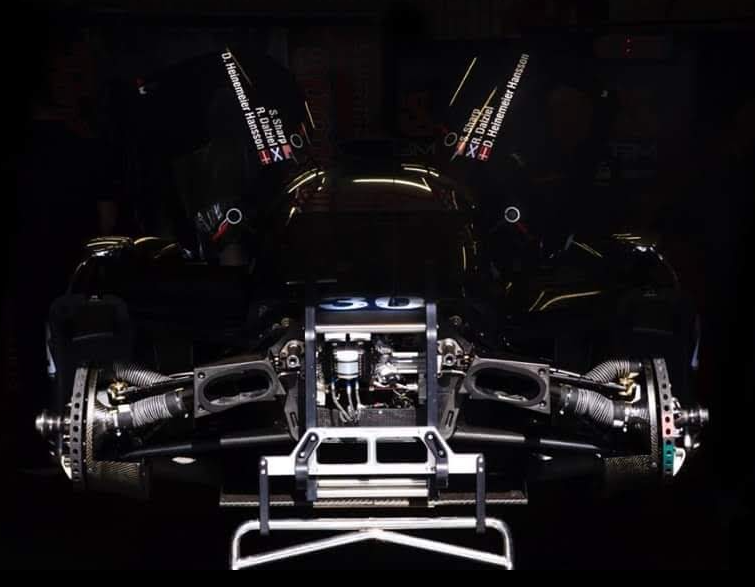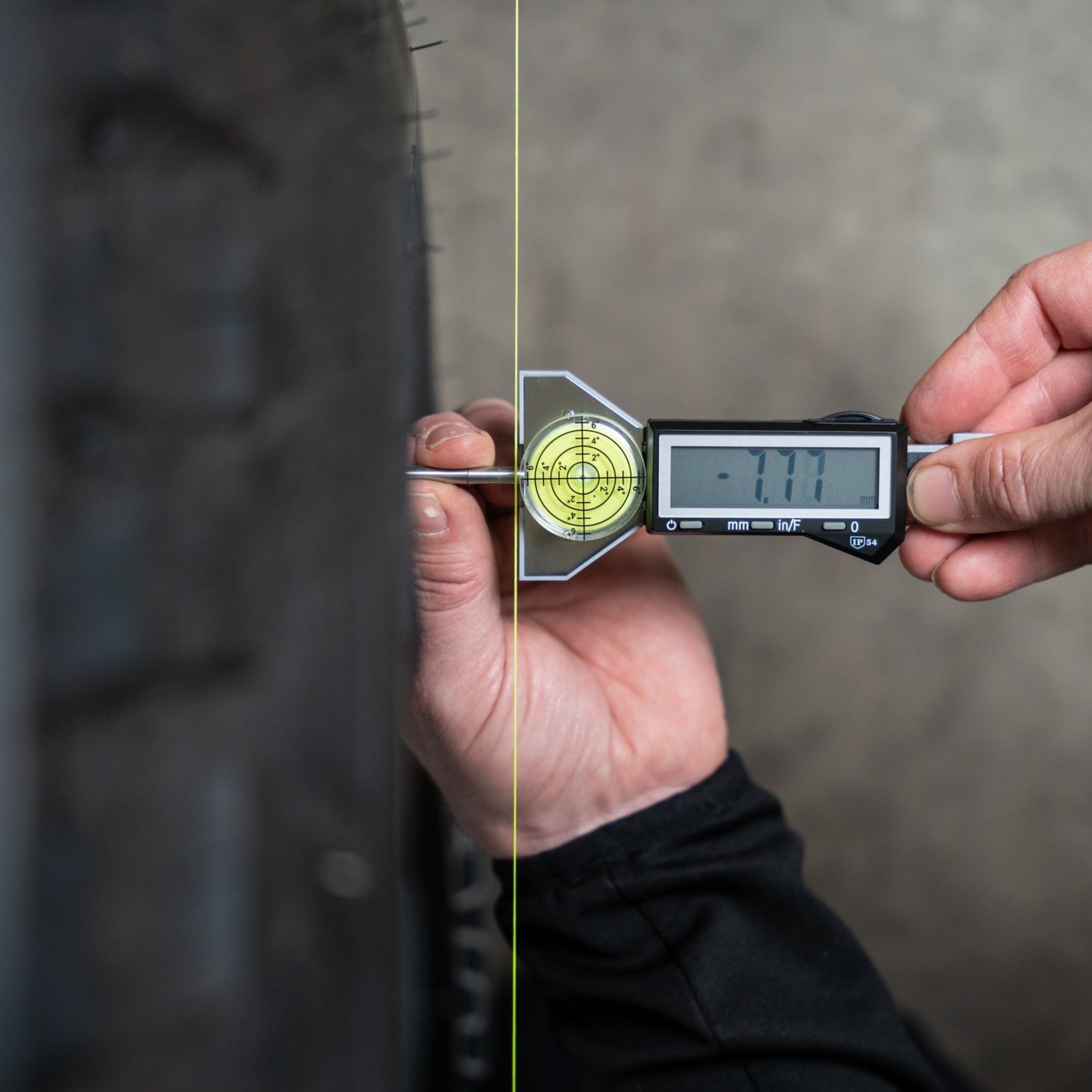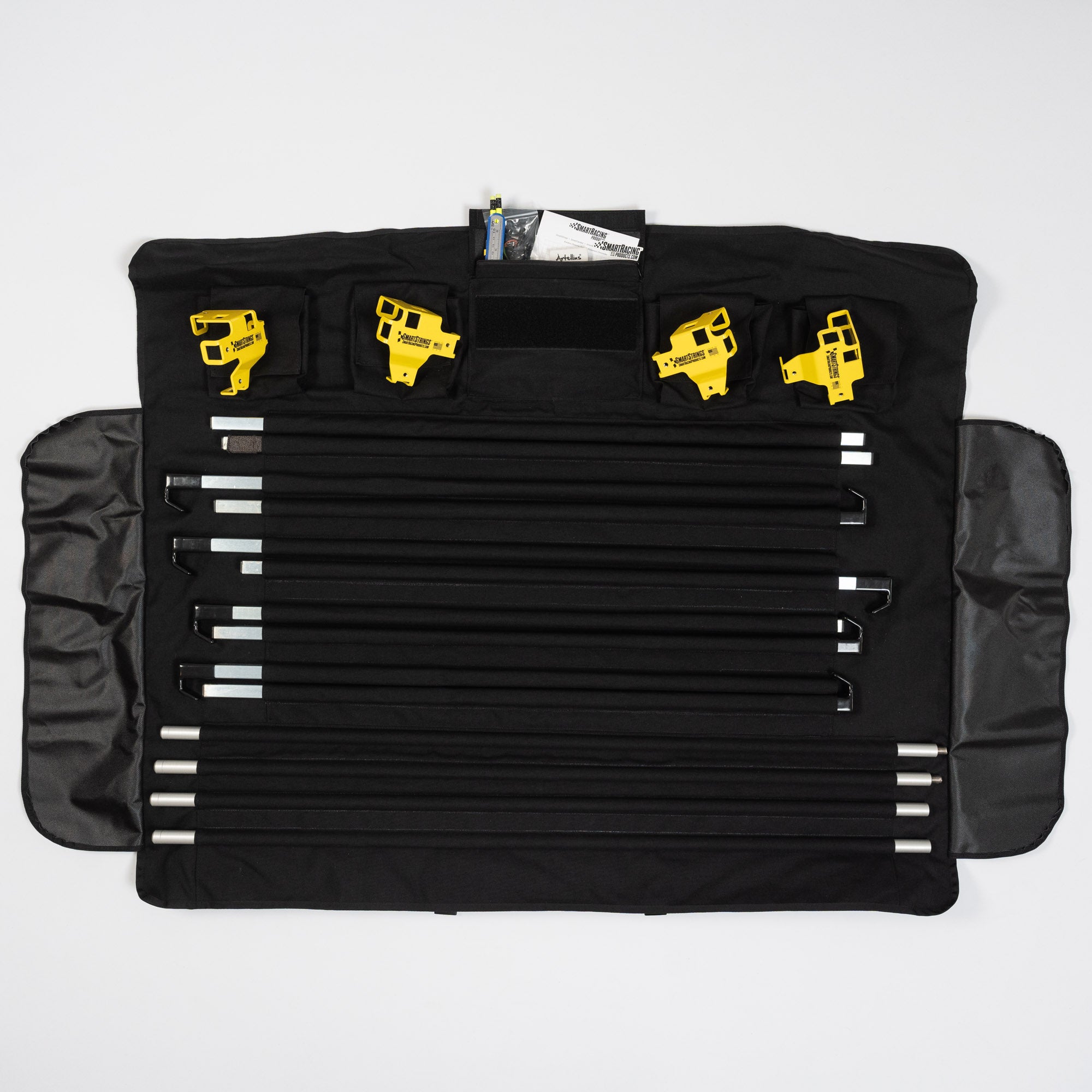
Knock Knock
The elusive brake pad knock-back. I can assure you that we have all been victim to this phenomenon, yet most of us don’t know what causes it and how to fix it.

Knock-back in a nutshell is when the brake pads get forced away from the brake rotor. The negative repercussion of this can be a long or soft brake pedal. Now to dig a little deeper. If you can envision a perfect world the brake rotor should be spinning perfectly true and parallel sandwiched in between the 2 opposing pads. In this Utopian world when you push the brake pedal the pistons in the caliper only need to move a tiny amount to press the pads against the rotor and start the braking process. And as a result, you’ll get a nice solid brake pedal feel with minimal travel.
Now let’s say you have brake rotor warpage or slightly sloppy wheel bearings….anything that will cause this rotor/hub/wheel/tire assembly to wobble or run untrue. This off-axis oscillation will ever so slightly push those brake pads further away from the surface of the rotor. Even if it’s only an ⅛ of an inch, this increased gap will create much more pedal travel.

So how do you know if you have knock-back or just good old fashioned smooshy brakes? Does your pedal go soft after long fast straightaways? Or after a particularly bumpy section, then pump back up to a firm pedal after the first turn? Odds are this is knock-back. Most likely culprits are a warped rotor (We fixed this for early 911s see our floating rotor kit here), Loose wheel bearings or an unbalanced wheel/tire.
A few interesting knock-back stories from race track life. On the WEC P2 cars we actually have a range of knock-back springs that get installed inside the caliper to exert pressure on the pistons at all times, thus reducing knock-back. As you can imagine this inadvertently causes drag...but it is often a sacrifice we’re willing to make to improve the braking feel for the driver.
When preparing for qualifying at the Indy 500 we will push the pads completely away from the rotors prior to our runs. This ensures that not even the slightest amount of drag comes into play as you ringing out every last 1/10 of a second on the super-speedway. Since the driver will not use the brakes at all during the big oval qualifying, they only need to remember to pump the pedal and re-employ the brakes when they are coming back into the pits. And yes they have forgotten and missed the box!


